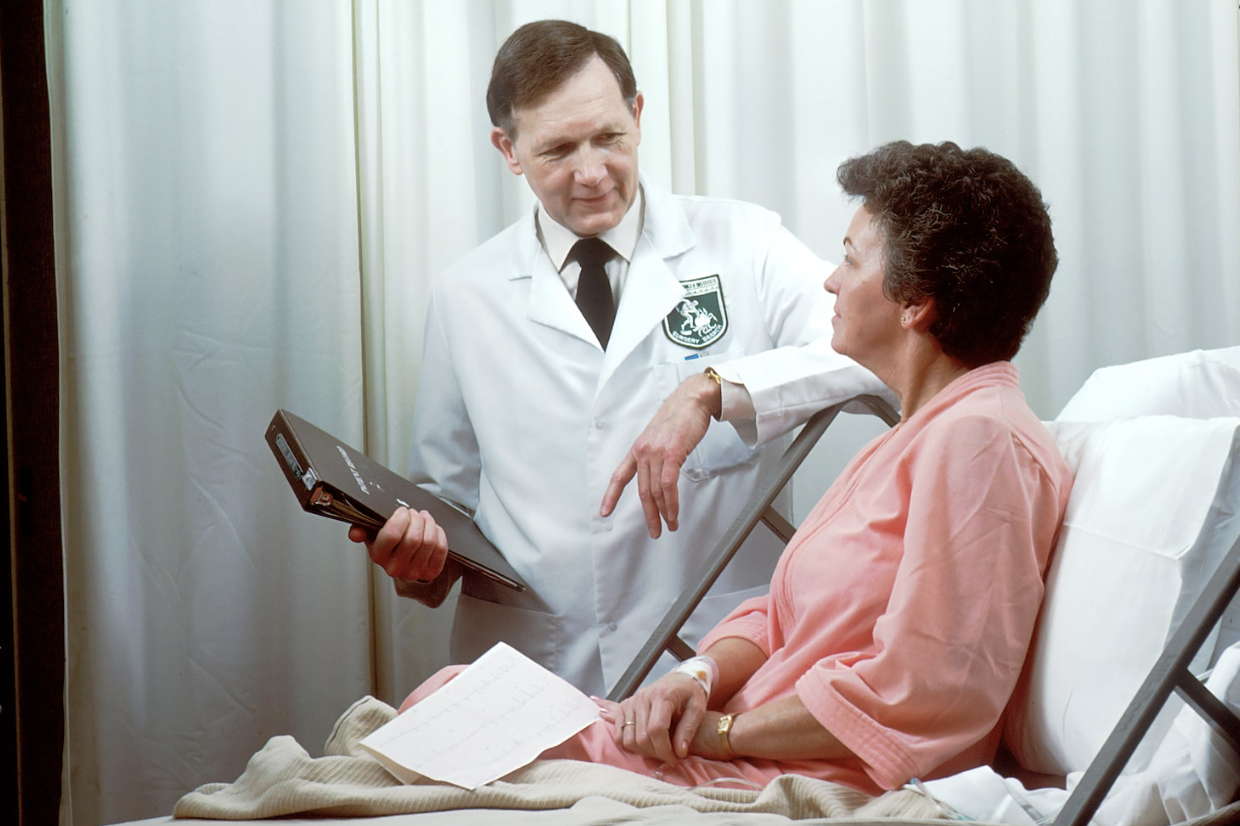Cancer is a formidable disease that elicits an unwavering determination in those it confronts. The emotional toll and physical demands of cancer treatment are often outweighed by the profound desire to defeat this life-threatening illness.
However, the pursuit of a cancer-free life comes with the recognition that treatments may harbor side effects that could be both distressing and significant. While the ultimate goal remains the eradication of cancer, one also needs to recognize the dangerous side effects that are often brushed aside.
As the many side effects of cancer treatment manifest differently in individuals, some patients might find themselves grappling with particularly distressing or debilitating complications.
In this article, we will learn about some of the significant side effects that are likely to occur during cancer treatment.
Which Cancer Treatments Have The Most Severe Side Effects?
Before we even get into this section, it should be stressed that side effects are a part of any treatment. It is rare for a treatment not to have some level of unintended consequences.
We aren’t suggesting that side effects shouldn’t exist. Instead, we are trying to shed light on some of the more extreme consequences that certain treatments can have. With that said, let’s dive into the first one on our list.
1. Chemotherapy
While chemotherapy has helped countless individuals achieve remission and prolonged survival, this potent therapy is not without its challenges. Chemotherapy can trigger several serious side effects that significantly impact a person’s life.
One of the most emotionally daunting side effects of chemotherapy is hair loss. The rapid destruction of hair follicles leads to partial or complete loss of hair on the scalp, eyebrows, and other parts of the body. This visible change in appearance can be profoundly challenging for patients and impact their self-esteem.
Persistent fatigue is also a widespread side effect of chemotherapy that can leave patients physically and emotionally drained. The cumulative effect of chemotherapy on healthy cells and the body’s response to fighting cancer can lead to overwhelming tiredness. It also tends to affect your ability to engage in daily activities.
2. Anti-Cancer Medication
Often, it is not just a single treatment method that is used, but a battery of them. Cancer treatment often uses a number of medicines that can pose serious side effects. A quick search online will show you the number of people seeking legal action against pharmaceutical companies due to terrible health complications from certain cancer medicines.
The Taxotere lawsuit situation is currently unfolding and concerns people who took the medicine ‘Taxotere’ and ended up losing their eyesight. As one might expect, Sanofi-Aventis, the manufacturer, failed to adequately warn people about this particular side effect.
According to TorHoerman Law, over 10,000 lawsuits have been filed against the company for the side effects of Taxotere. If you have been affected by one of Taxotere’s side effects, this would be an ideal time to file a case against them.
Similarly, drugs like Doxorubicin and Cisplatin have also come under scrutiny. Doxorubicin has been shown to lead to heart failure and heart damage. Cisplatin, on the other hand, increases the risk of damage to the kidneys, nerves and also affects hearing.
3. Hormone Therapy (Endocrine Therapy)
The goal of this treatment is to control the production of certain hormones in the body, as some cancers depend on them to grow. While this treatment method is generally well-tolerated, it can have side effects due to its impact on the balance of hormone levels in the body.
Hormone therapy can increase the risk of cardiovascular problems, such as blood clots and heart disease, especially in postmenopausal women. Long-term hormone therapy can also lead to bone thinning and an increased risk of fractures.
In both men and women, hormone therapy can lead to changes in sexual desire, erectile dysfunction in men, and vaginal dryness or discomfort in women.
Even more concerning is the fact that you have a slightly higher risk of developing a second cancer. For example, women on tamoxifen have a greater chance of developing endometrial cancer.
Conclusion
In the pursuit of conquering cancer, we cannot overlook the reality of side effects that accompany certain treatment options. While advancements in medical science have led to remarkable breakthroughs, one needs to acknowledge that every treatment path comes with its set of challenges.
In this light, the dangers of side effects demand our attention and the need to take a realistic approach to cancer care.
Your doctor should already be discussing the risks of each treatment method with you. However, it is always a good idea to raise concerns that you may have from your side.
